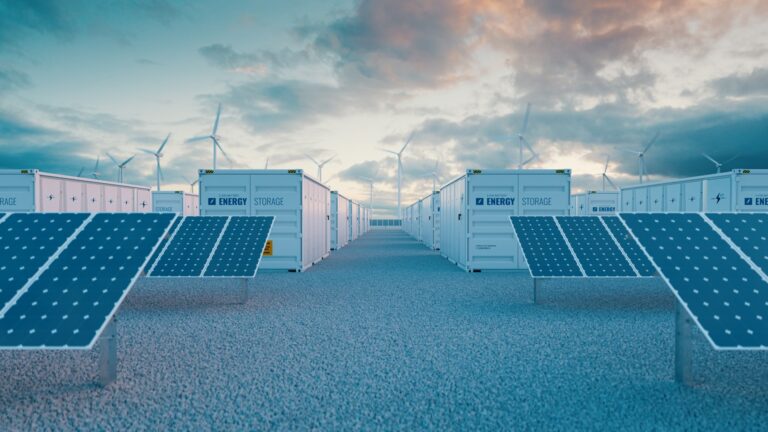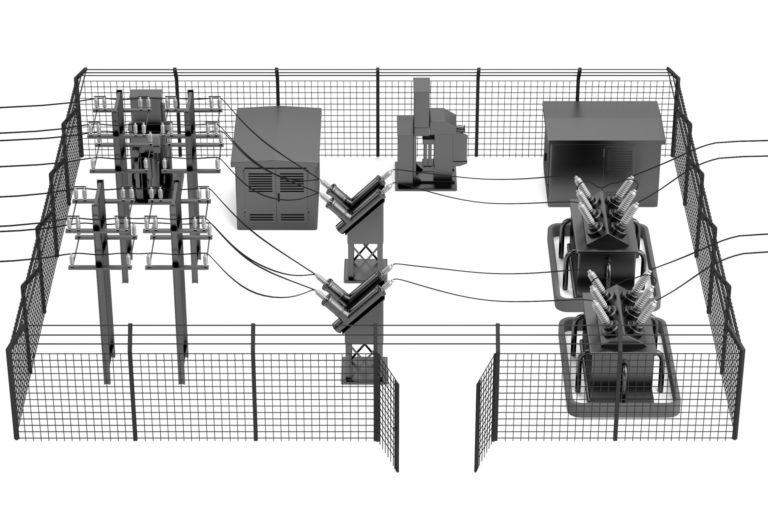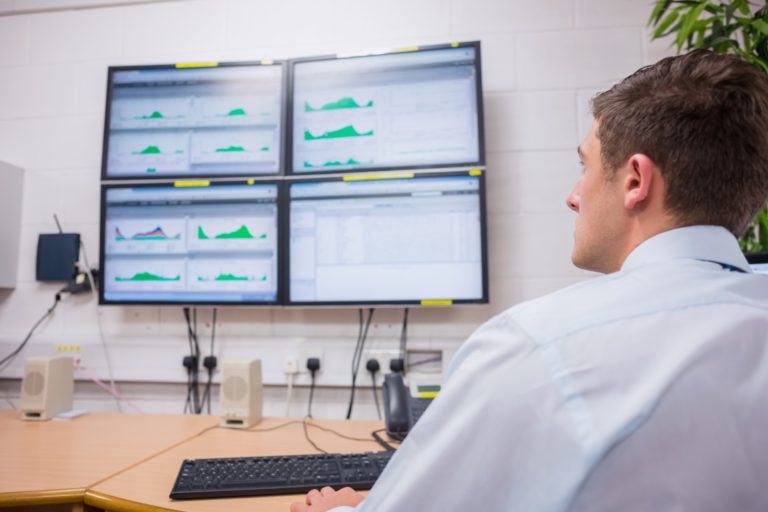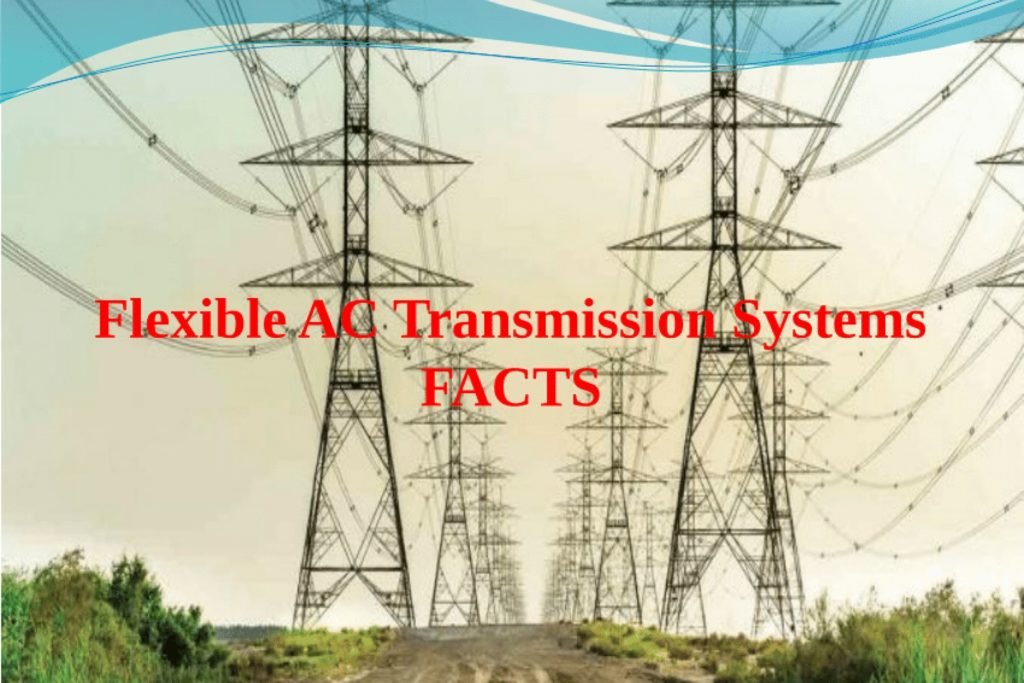
Introduction
As the demand for renewable energy continues to rise, wind farms play a crucial
role in meeting sustainable energy goals. However, the integration of wind farms into existing
power grids presents several challenges. Issues such as voltage instability, gear box damage, and
power quality disturbances can hinder the efficient and reliable operation of wind farms.
Fortunately, Flexible AC Transmission System (FACTS) technology has emerged as a powerful
solution to address these grid interconnection issues. In this blog, we will explore the application
of FACTS technology and its significance in overcoming the challenges faced by wind farms.
Steady-State Low Voltage
One of the primary concerns when connecting wind farms to
the grid is the occurrence of steady-state low voltage on regional transmission networks.
Induction generators used in wind farms consume significant amounts of reactive power,
leading to voltage instability. However, by incorporating FACTS devices, such as Static
Var Compensators (SVCs) or Static Synchronous Compensators (STATCOMs), the
reactive power demands of wind farms can be efficiently managed. These devices
provide dynamic reactive power support, ensuring precise voltage control and preventing
low voltage issues.
Gear Box Protection from Capacitor Switching
Capacitor bank switching events,
commonly used for voltage support, can cause voltage step changes that adversely affect
the gear boxes of wind turbines. Premature mechanical failures can occur, posing a
significant challenge for wind farm owners. To mitigate this issue, FACTS technology
offers an alternative solution. Power electronic-based FACTS devices, such as Dynamic
Voltage Restorers (DVRs) or Dynamic Reactive Power Compensators (DRPCs), provide
controlled and smooth switching. By eliminating abrupt voltage changes, these devices
protect the gear boxes and enhance the overall reliability and lifespan of wind turbines.
Wind Generator Ride-Through Capability
Wind generators are highly sensitive to
voltage sags and swells that are commonly present on transmission systems. When
exposed to such disturbances, wind generators can trip offline, resulting in power
generation disruptions. To ensure the uninterrupted operation of wind farms, FACTS
technology offers dynamic voltage support. FACTS devices, equipped with advanced
control algorithms and rapid response capabilities, detect voltage transients and
instantaneously correct them. By maintaining grid stability and ride-through capability,
wind farms can continue to generate power even during voltage fluctuations.
Power Quality on Local Distribution Networks
Proximity to local distribution
networks can introduce power quality issues for wind farms. The energization of wind generators can cause voltage transients and flicker, affecting the quality of power supplied to local consumers. FACTS technology provides a solution by utilizing devices such as Dynamic Voltage Controllers (DVCs) or Distribution STATCOMs (DSTATCOMs). These devices offer dynamic reactive compensation, mitigating voltage fluctuations and ensuring a stable and high-quality power supply to the local distribution network.
Conclusion
Grid interconnection issues pose significant challenges for wind farms seeking to
contribute to the renewable energy transition. However, with the application of FACTS
technology, these challenges can be effectively addressed. FACTS devices provide dynamic
reactive power support, gear box protection, ride-through capability, and power quality
improvement. By integrating FACTS technology into wind farm interconnections, renewable
energy stakeholders can enhance the reliability, efficiency, and grid compatibility of wind energy
systems. As the renewable energy landscape continues to evolve, FACTS technology will play a
crucial role in enabling a sustainable future powered by wind energy.
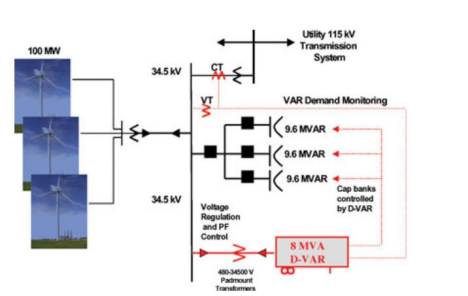
Solution
The most effective and cost-efficient solution to these common interconnection
problems is to install a dynamic reactive power source, known as a FACTS device, at the wind
farm collector bus. Such a device automatically maintains precise system voltages at the wind
farm and provides crucial protection against voltage sags. Recent developments in FACTS
technology have made prices affordable and reduced lead times to just a few months.
Additionally, combining FACTS devices with low-cost capacitor banks has proven to be a viable
solution for large-scale wind farms, eliminating the issues associated with capacitor bank
switching.
Power electronic-based FACTS devices that utilize voltage source converters are the most
effective solution. Unlike capacitor-based FACTS technology, power electronic-based FACTS
devices, being strictly a current source, can deliver considerably more output at reduced voltages.
These devices’ dynamic capabilities and characteristics make them superior for protecting against
voltage sags.
A typical wind farm solution utilizing power electronics technology is depicted in Figure 2. In
this example, a D-VARTM system constantly monitors the 34.5kV wind farm bus and can inject
precise amounts of reactive power within 1 line cycle (0.017 seconds). This near-instantaneous
response is dynamically variable to match and offset the varying reactive power demands of the
turbine generators. The D-VAR system also controls the shunt capacitor banks, switching them
in or out based on wind farm voltage, VAR demand, or power factor. The capacitors are “soft-
switched” by the D-VAR system, which acts as a “shock absorber” to eliminate the step voltage
changes. By utilizing low-cost capacitors, this hybrid FACTS/capacitor bank solution can
provide the necessary voltage and power factor control for a large wind farm at a significantly
lower cost compared to a standalone FACTS device.
The solution is also capable of temporary “overload” mode, supplying up to 3.0 times its rated
output for 1 full second. This additional dynamic response offers extra short-term reactive power
to enhance protection against voltage sags, enabling the wind farm to withstand voltage
transients that naturally occur on the transmission system.
Summary
Wind farms present several significant challenges when it comes to grid
interconnection. These challenges vary among transmission owners and become more significant
as wind farm capacities increase. Fortunately, power electronic-based FACTS technology now
offers proven, reliable, and cost-effective solutions for the current and future challenges of wind
power.

